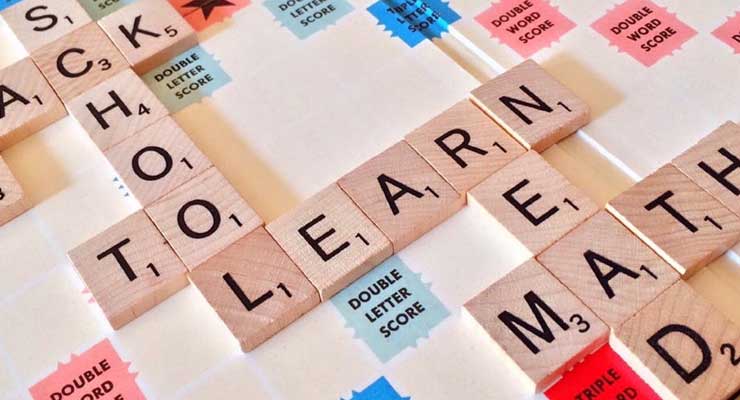
An article in Washington monthly by Daniel Block takes a look at the increasing maze of student voting restrictions that America’s learners have to go through to cast a ballot. The article focuses particularly on Texas and questions and attempts to see what students can do to remedy the situation in time for 2020.
According to the article,
Texas: home of corn dogs, Matthew McConaughey, and some of America’s most restrictive voting laws. To register yourself, you have to print out a form and deliver it to the county clerk, because unlike most states, Texas has no online voter registration. To help register others, you must be certified as a “volunteer deputy registrar,” a process that requires either taking an exam or attending an often long and awkwardly timed training session. Your certificate is only valid in the county where it is obtained.
The state has also made it harder to cast a ballot. Between 2013 and 2016, Texas eliminated more than 400 polling locations, the largest drop in any state during that time. In 2013, after years of litigation, it implemented a strict voter ID law. The law, which lists seven kinds of acceptable IDs, became infamous for its brazenly partisan implications—handgun licenses are okay, for example, while student IDs are not.
All of which makes the following statistic so surprising: at the University of Texas at Austin, the state’s flagship university, undergraduate turnout increased from almost 39 percent to 53 percent between 2012 and 2016. Over that same time period, national youth turnout stayed roughly constant. The National Study of Learning, Voting, and Engagement at Tufts University, which calculates campus voting rates, has not yet released numbers for last year’s midterms. But at UT Austin’s on-campus polling locations, the number of early ballots cast was more than three times higher than it was in 2014. (Travis County only provides polling site specific data for early voting.)
See Full Story here.
Leave a Reply